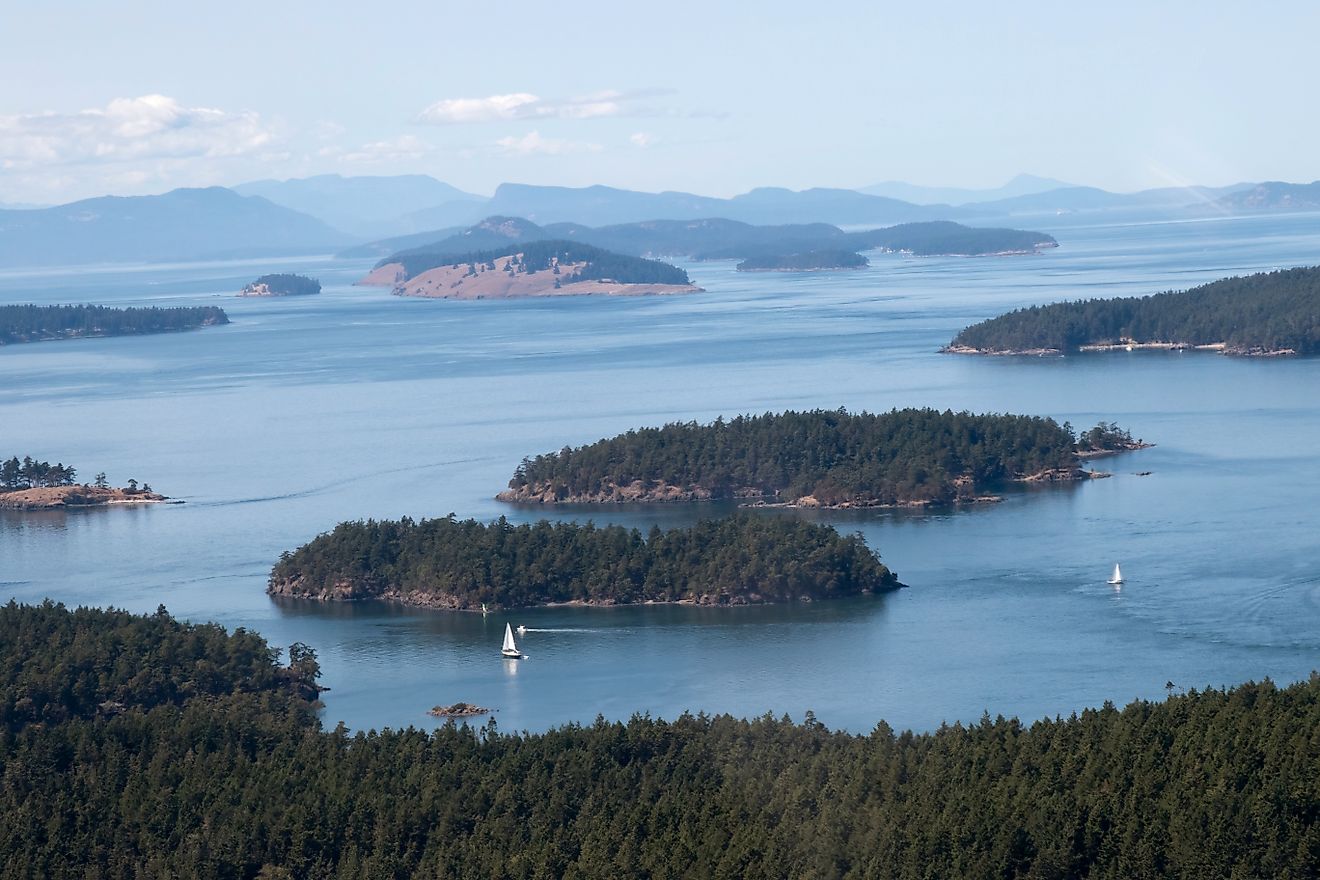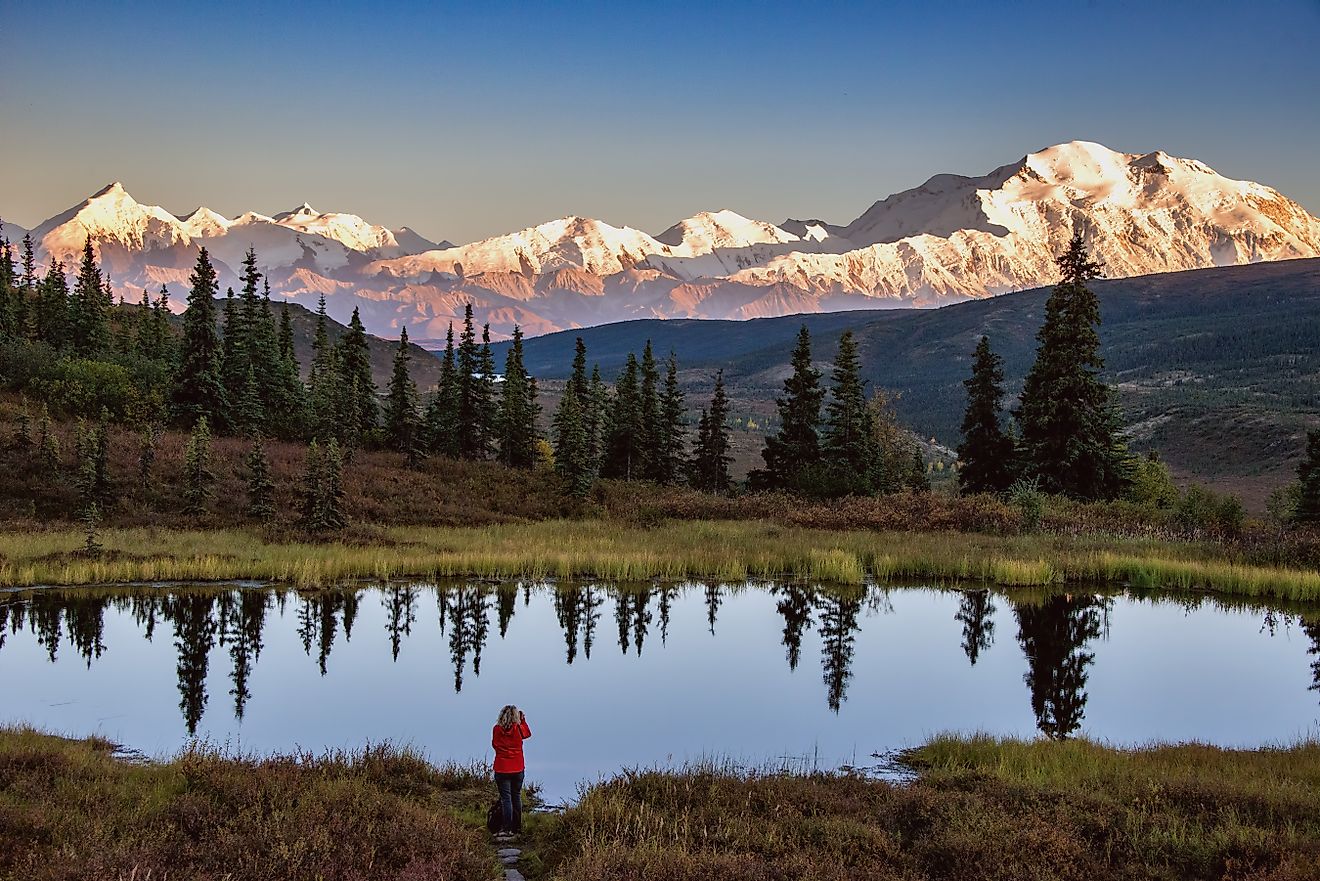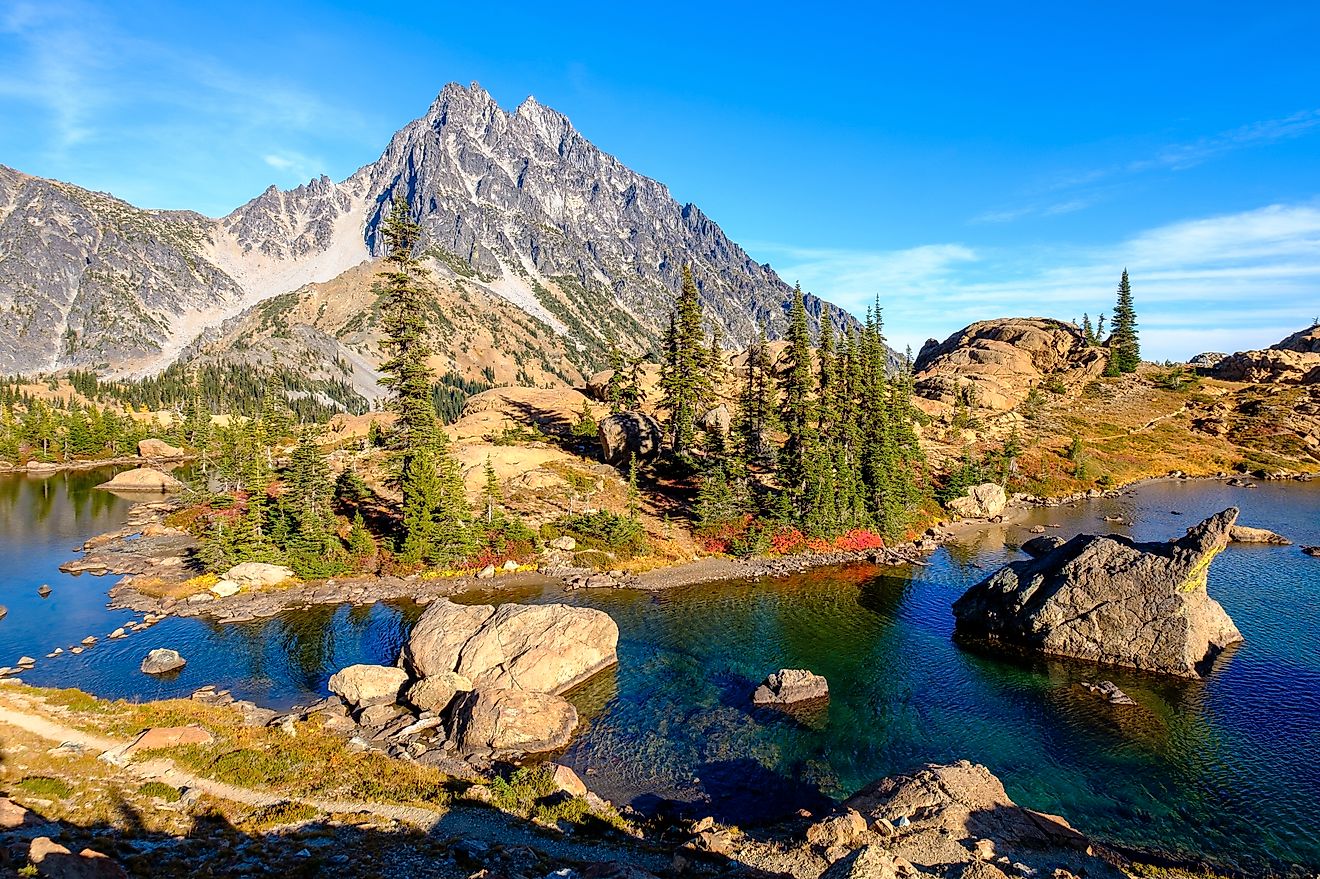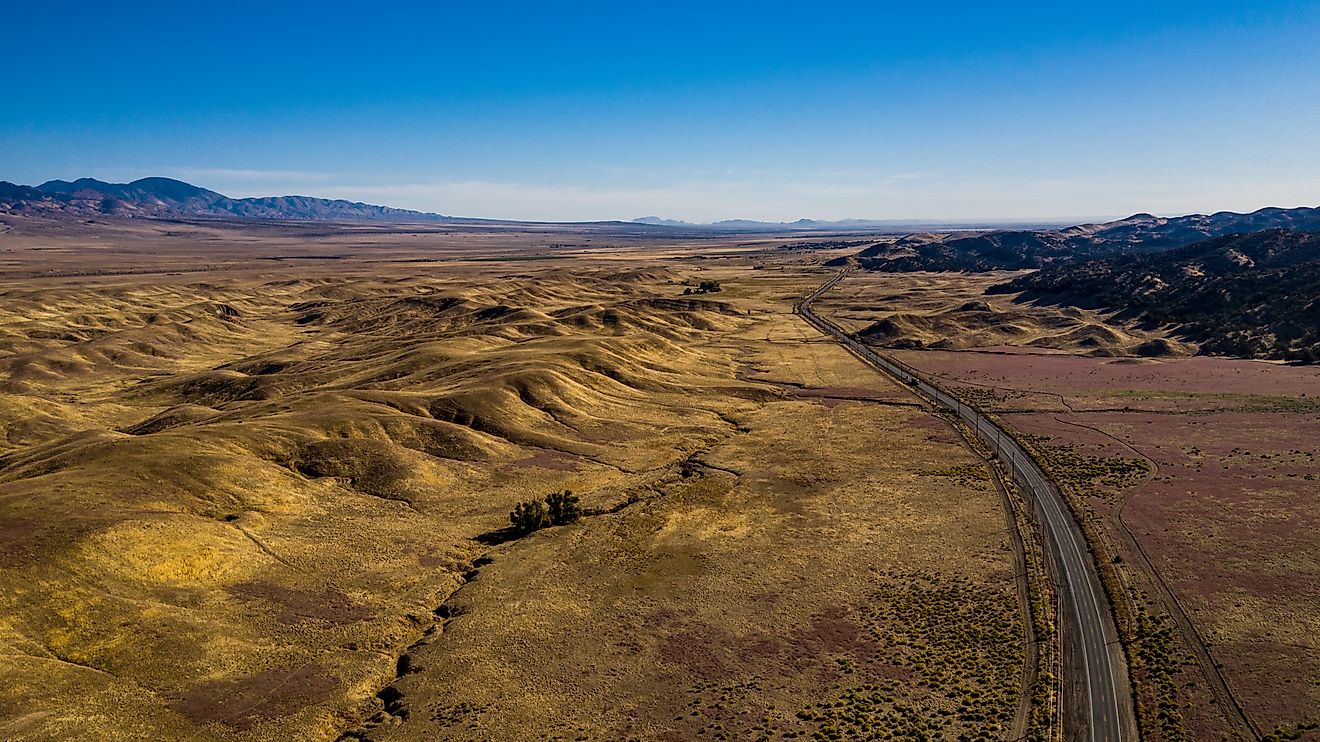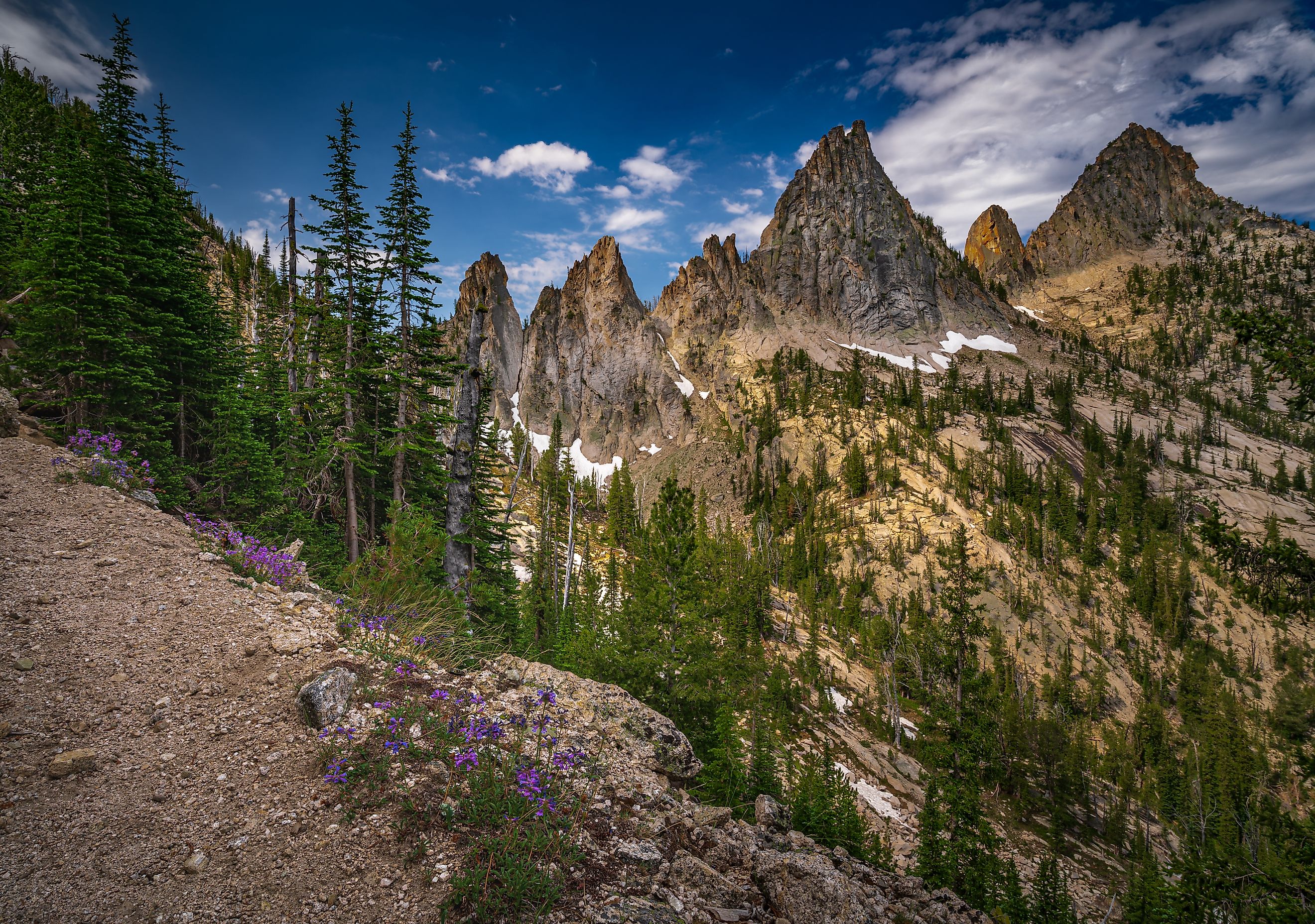
The 7 Most Pristine Wilderness Areas in America
In a country known for its epic natural beauty, the United States still hides vast stretches of untouched land where you can truly escape into the wild. These federally designated wilderness areas offer some of the most undisturbed landscapes in the nation—no roads, no crowds, no cell signal. Just raw, rugged terrain shaped by time and left to thrive on its own.
But what exactly makes a wilderness area “pristine”? It’s a combination of remoteness, ecological integrity, minimal human impact, and strict federal protections. These seven locations aren’t just remote—they represent the last bastions of unspoiled American wilderness, where ecosystems remain largely intact and nature unfolds without interference.
Whether you're craving solitude, wildlife encounters, or scenery that feels like stepping back in time, these are the wildest, cleanest, and most awe-inspiring wilderness areas in the US.
Frank Church–River of No Return Wilderness, Idaho
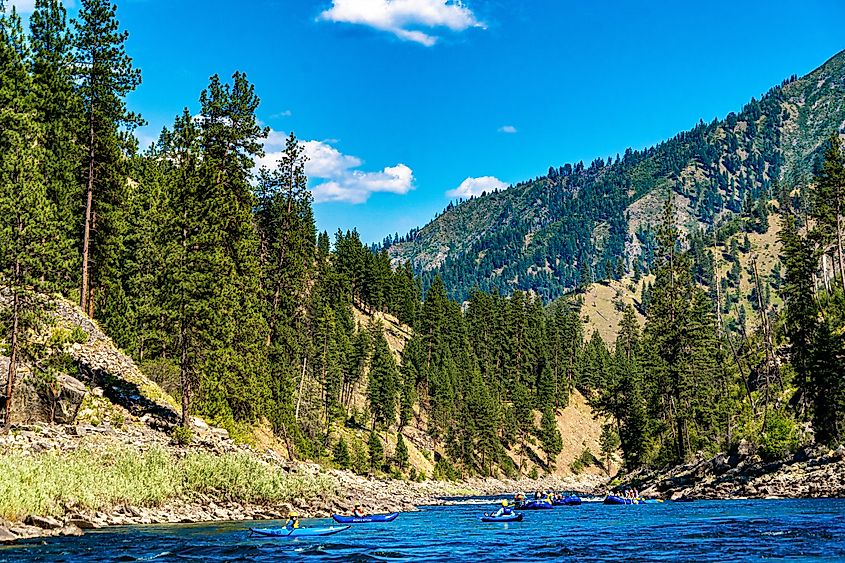
-
Size: 2.4 million acres (largest contiguous wilderness in the Lower 48)
-
Best For: Multi-day rafting trips, backcountry solitude, wildlife photography
Idaho’s Frank Church–River of No Return Wilderness is legendary among outdoor enthusiasts. Tucked deep within the Salmon-Challis National Forest, this rugged expanse is home to the Middle Fork of the Salmon River—one of the most iconic whitewater rafting destinations in the world. But the real draw here is isolation: once you're in, you're off the grid entirely. The region’s sheer size means you can go days without seeing another human being.
The terrain is unforgiving—steep canyons, pine-covered ridges, and remote alpine basins—while its wildlife population thrives largely undisturbed. Wolves, mountain lions, black bears, elk, and bald eagles roam freely, just as they have for centuries. Frank Church remains one of the most authentic representations of what the American West looked like before settlement.
Gates of the Arctic Wilderness, Alaska
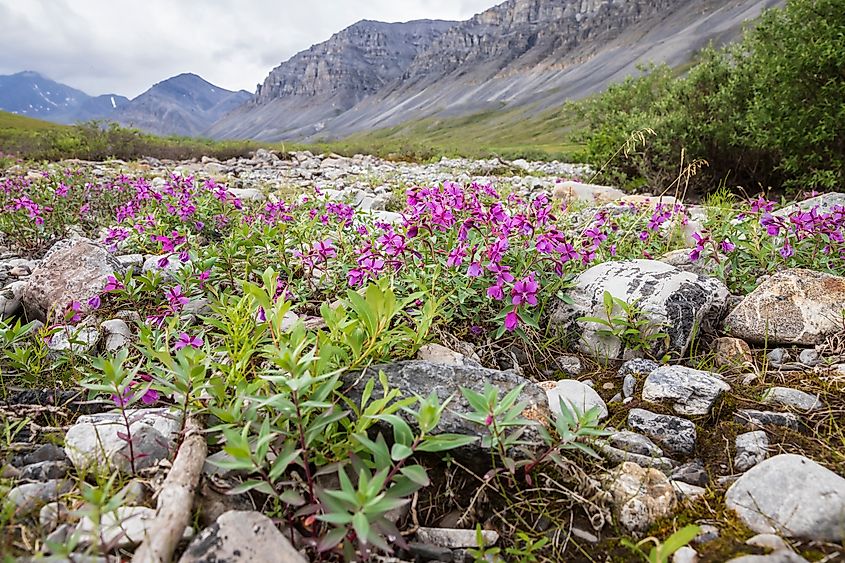
-
Size: 7.1 million acres (second-largest wilderness area in the US)
-
Best For: True isolation, Arctic backpacking, caribou migration
Above the Arctic Circle lies one of the last truly wild places on Earth. Gates of the Arctic Wilderness, located within Gates of the Arctic National Park, has no roads, no trails, and no established campsites. It’s a place where the sun never sets in summer and never rises in winter, and where migrating caribou and packs of wolves define the rhythm of life.
Named by explorer Bob Marshall in the 1930s, the “gates” refer to two dramatic peaks—Frigid Crags and Boreal Mountain—that stand like sentinels at the entrance to the park’s central valley. This is a land where travelers must be entirely self-reliant and where pristine rivers like the Alatna and Kobuk flow freely through alpine valleys. The wilderness is so untouched that visitors become part of the landscape, not just observers.
Maroon Bells–Snowmass Wilderness, Colorado
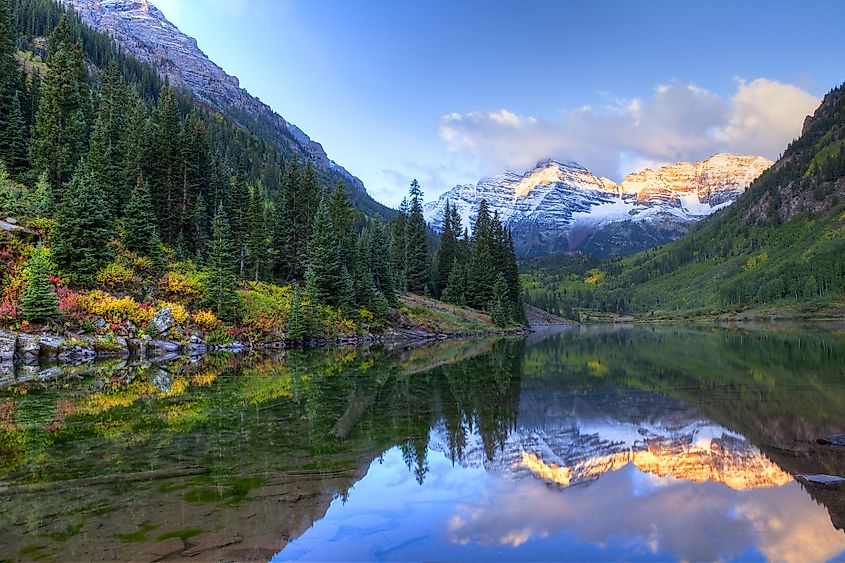
-
Size: 181,000 acres
-
Best For: Alpine hiking, wildflower season, scenic backpacking routes
Colorado's Maroon Bells–Snowmass Wilderness is one of the most photographed natural areas in the US, but beyond the iconic twin peaks lies a deep wilderness of shimmering alpine lakes, jagged ridgelines, and flower-filled meadows. Located in the White River National Forest, it includes six peaks over 14,000 feet and more than 100 miles of hiking trails.
Despite its popularity near trailheads, the area remains pristine thanks to its size and high elevation. Straying beyond the well-trodden routes like the Four Pass Loop rewards you with solitude and a chance to witness untouched ecosystems where marmots sun themselves on rocks and pika dart between boulders. In late summer, the wildflower displays are among the most vibrant in the Rockies.
Boundary Waters Canoe Area Wilderness, Minnesota
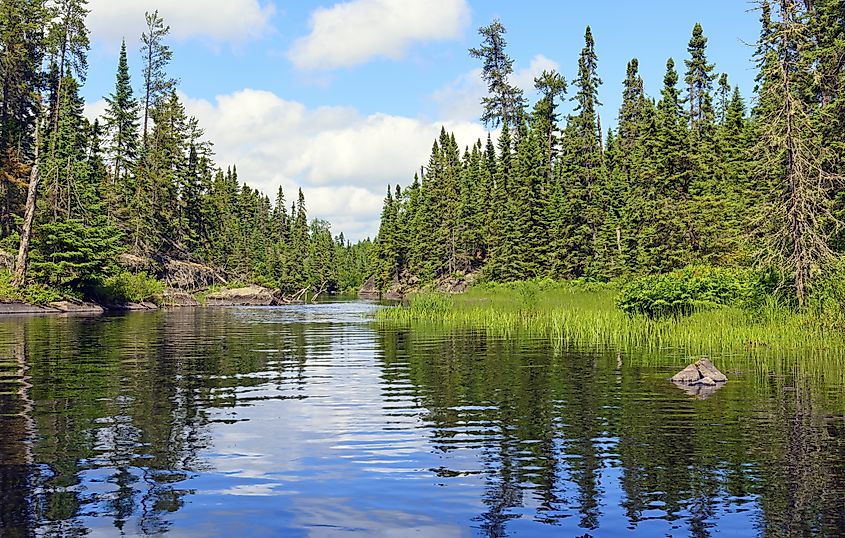
-
Size: 1.1 million acres
-
Best For: Canoe camping, fishing, stargazing, loon calls at dawn
The Boundary Waters Canoe Area Wilderness (BWCAW) is a labyrinth of over 1,000 interconnected lakes and streams stretching along Minnesota’s northern border with Canada. It's a paddler’s paradise—where you can glide silently across glassy water for days, portaging between lakes and camping under the stars.
Despite its popularity with canoe trippers, the BWCAW is fiercely protected. No motorized boats or vehicles are allowed, and group sizes are limited to reduce impact. The result is a calm, pristine wilderness with minimal noise pollution. The clear waters host walleye, northern pike, and smallmouth bass, while moose, lynx, and black bears keep to the forest’s edge. On a quiet morning, it’s not uncommon to hear nothing but the cry of loons echoing across the lake.
Zion Wilderness, Utah
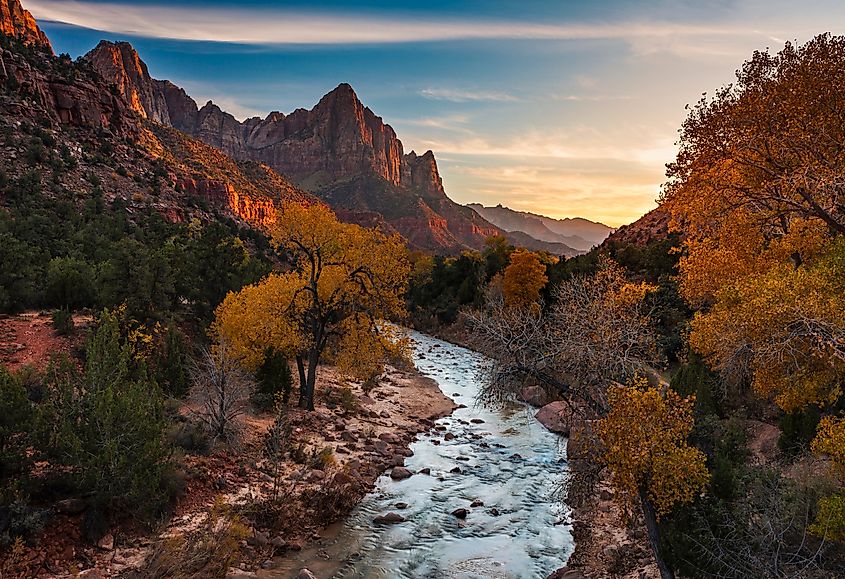
-
Size: 124,406 acres
-
Best For: Slot canyon hiking, desert solitude, backcountry camping
While Zion National Park draws millions to its main canyon, the Zion Wilderness offers a drastically different experience—one of silence, seclusion, and raw desert beauty. This area includes lesser-known gems like the Kolob Canyons, West Rim Trail, and the remote sections of the Zion Narrows.
It’s a wilderness of red rock walls, slickrock plateaus, and narrow slot canyons that twist for miles beneath the desert sun. Backpackers often venture into this area for overnight treks, where you can watch a blood-red sunset over mesas and sleep beneath a sky so full of stars it feels surreal. Zion Wilderness is protected not just by federal designation but by its challenging terrain, which naturally filters out casual visitors.
Bob Marshall Wilderness Complex, Montana
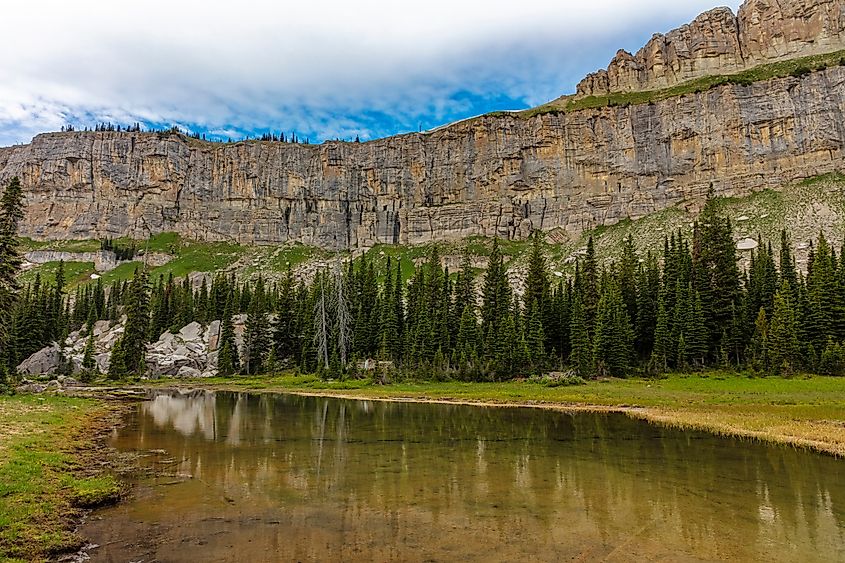
-
Size: 1.5 million acres (combined with adjacent wilderness areas)
-
Best For: Horsepacking, grizzly bear habitat, remote hiking
Known as “The Bob,” the Bob Marshall Wilderness Complex is one of the most ecologically complete wilderness areas in the continental US. Located along the Continental Divide in northwest Montana, it's part of a vast chain of wilderness lands that form a critical wildlife corridor for species like lynx, wolverine, and grizzly bears.
This rugged landscape includes towering limestone cliffs known as the Chinese Wall, alpine lakes, and river valleys that stretch for dozens of miles without a road in sight. It's especially popular with horsepackers and long-distance hikers on the Continental Divide Trail. The area’s isolation and tough access points help preserve its wild character, making it feel much more remote than even its size suggests.
Yosemite Wilderness, California
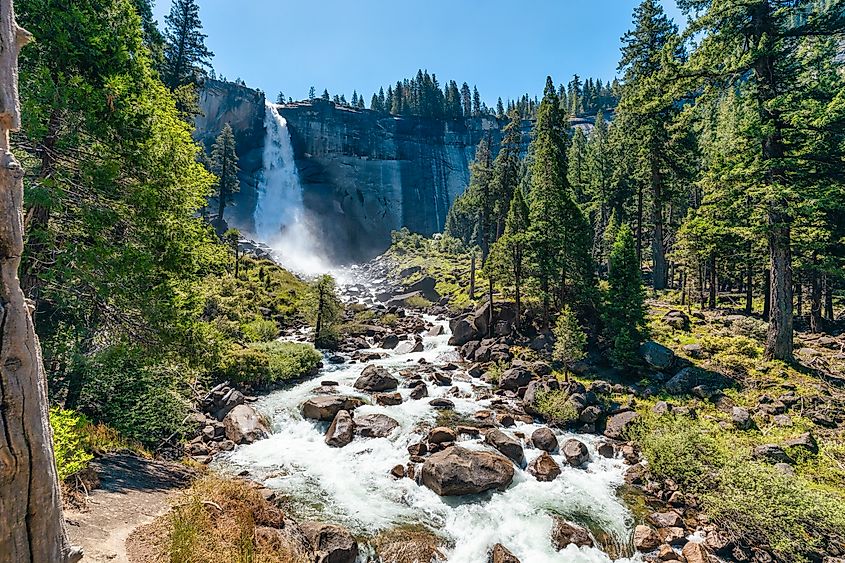
-
Size: 704,000 acres (over 90% of Yosemite National Park)
-
Best For: Backcountry waterfalls, granite cliffs, high-elevation solitude
Most visitors to Yosemite never make it beyond the valley floor—but the real Yosemite lies beyond the crowds, in the sprawling Yosemite Wilderness. This high-altitude terrain encompasses the park’s iconic granite domes, remote alpine lakes, and hidden waterfalls—all far from the tour buses and traffic jams.
Popular routes like the John Muir Trail pass through parts of this wilderness, but many sections see only a few hikers each season. Wildlife is abundant here: black bears, Sierra Nevada bighorn sheep, and even mountain lions inhabit the area. With elevation ranging from 4,000 to over 13,000 feet, the Yosemite Wilderness presents both challenge and reward for those who venture into its remote interior.
The Wilderness Still Matters
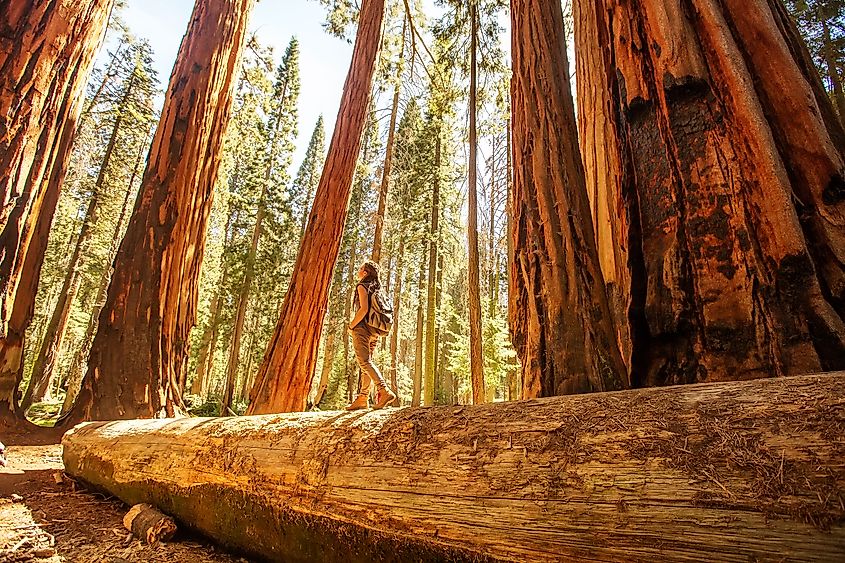
In a world where roads, towns, and technology continue to push deeper into natural landscapes, these wilderness areas serve as critical sanctuaries—not just for wildlife, but for the human spirit. Their untouched character helps preserve biodiversity, maintain clean water and air, and provide opportunities for solitude and self-discovery.
Wilderness areas are more than just remote—they are legally protected under the 1964 Wilderness Act, which prohibits motorized vehicles, permanent structures, and commercial development. These laws ensure that nature is allowed to thrive on its own terms, without interference.
Quick Summary of the 7 Most Pristine Wilderness Areas
| Wilderness Area | Size | Best For |
|---|---|---|
| Frank Church–River of No Return, ID | 2.4 million acres | Multi-day rafting and solitude |
| Gates of the Arctic, AK | 7.1 million acres | Arctic backpacking and wildlife |
| Maroon Bells–Snowmass, CO | 181,000 acres | Alpine hiking and wildflowers |
| Boundary Waters, MN | 1.1 million acres | Canoeing and stargazing |
| Zion Wilderness, UT | 124,406 acres | Slot canyons and desert camping |
| Bob Marshall Complex, MT | 1.5 million acres | Horsepacking and grizzly habitat |
| Yosemite Wilderness, CA | 704,000 acres | Granite cliffs and waterfalls |
FAQs About America’s Wilderness Areas
What makes an area “wilderness” under US law?
The 1964 Wilderness Act defines it as a place "untrammeled by man," where natural processes are allowed to occur without human interference. No roads, buildings, or motorized equipment are allowed.
Can you camp in these areas?
Yes, most allow backcountry camping, often with permits. Some require advance reservations due to fragile ecosystems.
Are there any entrance fees?
Some wilderness areas within national parks may charge entrance or permit fees, while others, especially those on Forest Service land, are free.
How do I access these places safely?
Preparation is key. Bring maps, know your route, carry enough supplies, and check weather and wildlife advisories before heading out.


